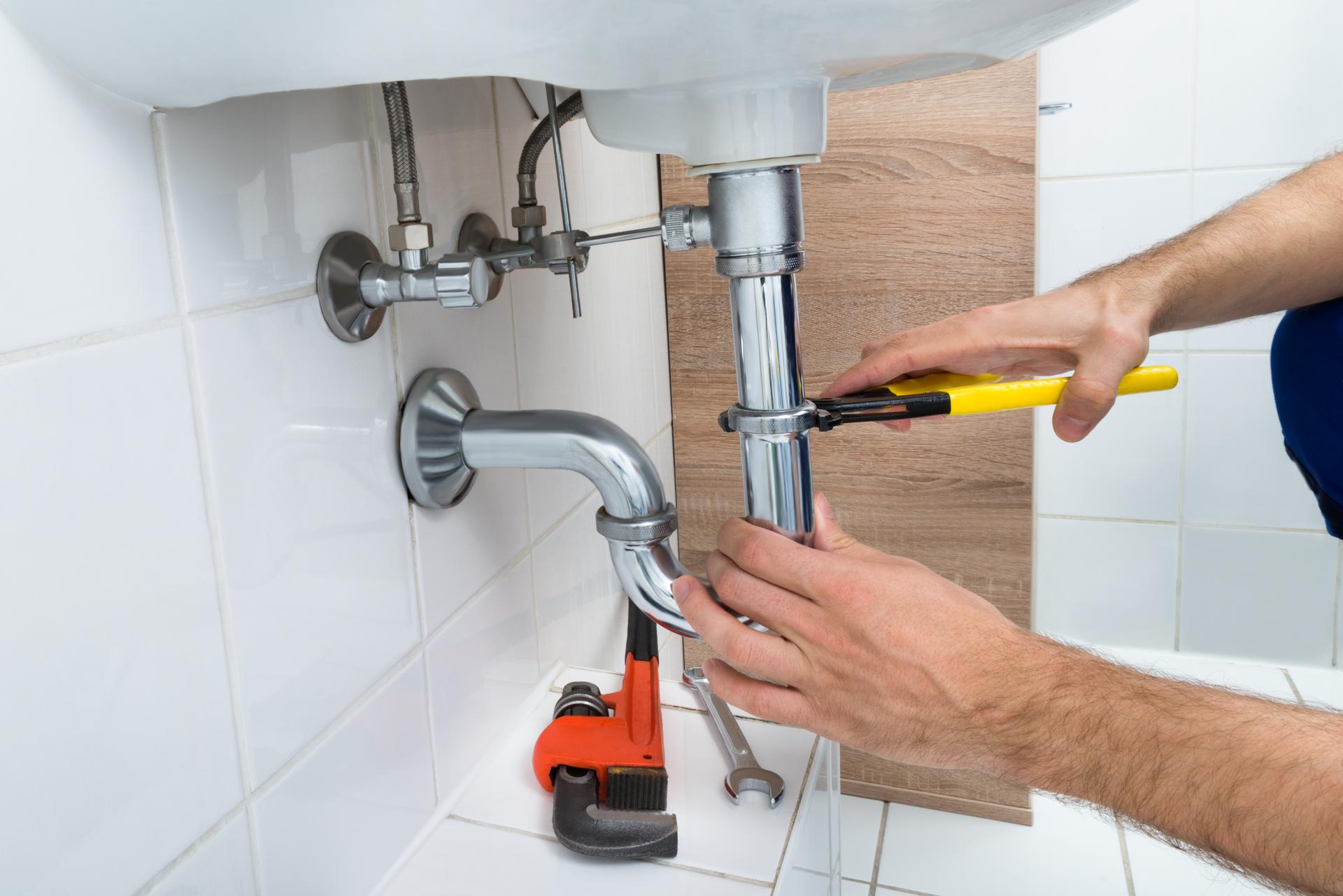When Should You Replace Your Plumbing and What to Expect During the Process

Plumbing is an essential component of any home and provides us with safe water for drinking, cooking, and cleaning, as in the process of disposing of waste. Like any other home appliance, plumbing will eventually get old and need to be replaced.
Understanding when it’s time to replace your plumbing is crucial to avoid costly repairs and prevent health hazards. In this article, we’ll talk about the indicators that show that your plumbing requires to be replaced, factors to consider prior to replacing your plumbing, the procedure for replacing your plumbing, the benefits of replacing your plumbing and a section on FAQs to address any concerns you might have.
There are signs that it’s time to upgrade your plumbing
There are several common indications that the plumbing in your home needs to be repaired, such as leaks If you see water spots or puddles in your house, it’s a indication of a plumbing leak. Leaks can cause severe damage to your home’s structure and lead to mold growth and it’s important to take action immediately. Rusty pipes: Rusty pipes are a clear indication that your plumbing needs to be repaired or replaced. Rust can cause a contamination to the water you drink, making it unsafe to consume or cook with. Low water pressure: If your faucets and showerheads produce weak flow of water is a sign of low pressure in the water and can be caused by corrosion of pipes or blockages. Water discoloration: Water that is discolored, such as yellow or brown, could be the result of rust or sediment buildup in your pipes. This could affect the taste and quality of your water and may be a sign of the need for a the replacement of your plumbing.
Factors to Consider Before Replacing the plumbing
Before replacing your plumbing, there are a variety of aspects to take into consideration, such as: Age of the plumbing system: Plumbing systems have a lifespan of approximately 50 years, so should your home be older than that, it’s probably that it’s time to replace. Cost of replacement: Replacing your plumbing can be expensive, so it’s important to budget for the expense. In the event of a plumbing problem that is severe If the plumbing issues are serious and affect multiple parts of your house then replacement could be the best choice.
What to Expect During the Plumbing Replacement Process
The plumbing replacement process involves many steps, such as shutting off your water source Your plumber will need to shut off the water supply to your residence to prevent water damage or leaks. Removal of old pipes: Old pipes will need to be removed. This might require cutting into floors or walls. Installing new pipes New pipes will be installed, which might require rerouting in order to ensure proper water flow. The timeline for the plumbing replacement process will depend on the size of your house as well as the complexity of the project. The homeowners can anticipate some disruption throughout the process, such as water shut-offs as well as damage to walls and floors.
Benefits of replacing plumbing
Replacing your plumbing can provide a variety of benefits, including increased water efficiency new plumbing fittings and pipes can be more effective, which means reducing your water usage and lowering your energy bills. Improved water quality: Replacing old, corroded pipes with new ones will improve the water quality and make it safer to drink and cooking. Lower risk of plumbing issues New plumbing is less likely to develop obstructions or leaks, which reduces the need for expensive repairs in the future.
Conclusion
The replacement of your plumbing is an expensive investment, but it’s essential for your home’s security and peace of mind. If you know the indicators that indicate your plumbing needs replacing, taking into consideration the factors before replacement, and knowing what to anticipate during the replacement process, you will be able to make an informed choice about your home’s plumbing. Make sure to remember that replacing your plumbing offers several benefits, including increased efficiency of water, better water quality, and a reduced the chance of having plumbing problems in the future.
FAQ Section
How much will it cost to replace plumbing?
The cost of replacing your plumbing will depend on several factors, including how big your home and the difficulty of the task, as well as the materials used. On average, homeowners can expect to spend between $5,000 and $10,000 for a complete plumbing replacement.
How long does it take to repair plumbing?
The time frame for plumbing replacement will vary based upon the dimensions of your home and the difficulty of the job. Typically, a whole-house plumbing replacement could take from two and four weeks.
Should I replace my plumbing if there’s a leak?
If you only have one leak in your plumbing system, it may not be a need for a complete replacement. If you’re experiencing multiple leaks or observe other indications of plumbing problems, replacing may be the best option.
Can I replace my plumbing by myself?
The replacement of your plumbing can be a difficult job that should be left to an experienced plumber. Doing it by yourself can lead to costly errors and could pose security risks.
What kind of pipes do I need to use for my plumbing replacement?
There are a variety of pipes that are suitable for plumbing replacement, such as copper, PVC, and PEX. Your plumber can suggest the most appropriate kind of pipe based on your particular requirements and budget. To conclude, the replacement of your plumbing system is a significant decision to make with careful consideration. When you know the signs that indicate your plumbing needs to be replaced, considering the factors before replacement, and knowing what to expect during the replacement process, you will be able to make an informed choice about the plumbing in your home. A qualified plumber can help guide you through the process and guarantee a successful and efficient plumbing replacement.
